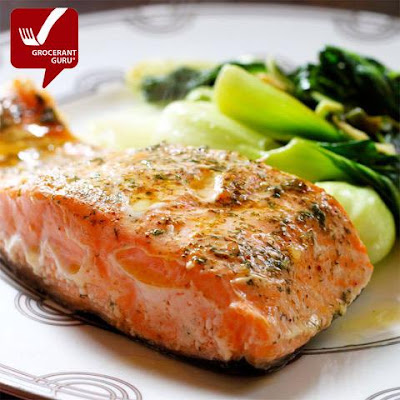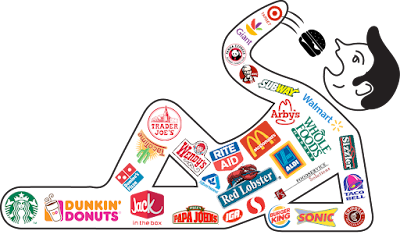In
2025, the meal battlefield is no longer limited to restaurants. Today’s convenience
stores (C-stores) are lean, fast, and fiercely food-forward, taking direct
aim at restaurants' core customers—especially Millennials and Gen Z, who
prioritize portability, value, and better-for-you choices.
“They’re
not just selling fuel—they’re fueling America with fast, fresh, flavor-forward
food that’s hand-held and hassle-free,”
—Steven Johnson,
Grocerant Guru®, Foodservice
Solutions®
Charting the Shift: C-Stores Gain Foodservice Ground
🔺 Menu Price Inflation Since 2021
Since
2021:
·
Restaurant menu prices
have climbed +24.5%, according to the Bureau of Labor Statistics.
·
C-store prepared meal prices
have risen only +12.8%—offering a distinct value advantage.
Foodservice Sales Growth (Annual % Increase)
Error!
Filename not specified.
In
2025:
·
C-store foodservice sales
are up +9.7%
·
Restaurant foodservice sales
are nearly flat at +4.1%
C-stores
are now growing more than 2x faster than restaurants when it comes to
prepared foods.
The New Twist: C-Stores as Fast-Food Disruptors
C-stores
aren't copying fast food—they're outmaneuvering it by:
1. Owning the Impulse Meal
·
62% of C-store customers now report
buying a full meal 3x per week, up from 39% in 2019 (NACS, 2025).
·
C-stores dominate breakfast, lunch,
and snack occasions, filling the void for workers, students, and delivery
drivers.
2. Winning on Speed + Value
·
A chicken biscuit combo costs $3.49 at
a top Midwest C-store chain.
·
A comparable meal at a fast-food
brand? $5.99–$7.29.
·
C-stores win on time saved and
dollars kept.
3. Fueling Healthier Preferences
Better-for-you
is no longer optional. It's central to growth:
2025 Top-Selling Health-Forward Food
Items:
·
Chicken sandwiches & tenders: +12.6%
YoY
·
Breakfast biscuit sandwiches: +9.2%
·
Grab-and-go protein packs: +15.1%
·
Hot handheld burritos: +10.4%
2025 Functional Beverage Growth:
·
Enhanced waters: +18.4%
·
Low-cal cold brews & teas: +13.3%
·
Immunity drinks: +22.1%
·
Protein smoothies: +14.8%
Tech-Fueled Meal Conversions
C-stores
are succeeding because they’ve removed friction from the food journey:
·
68% offer mobile
pre-order or scan-and-go
·
53% bundle snacks and
drinks with meals using kiosk-based promotions
·
44% are experimenting
with AI suggestive selling at checkout
Compare
that to the fragmented digital experience many restaurant chains still offer.
The faster, cleaner, and smarter the order process, the more likely
today’s consumer is to convert.
C-Stores Have Learned the Grocerant Lesson
"They’re
building menus that travel well, price well, and taste great with minimal prep
time. That’s a Grocerant 101 playbook."
—Steven Johnson, Grocerant Guru®
They’ve
bundled value, beverage, and flavor into one-stop, anytime destinations. And
the numbers show it’s working:
·
70% of Gen Z now say they’d rather
grab a fast meal from a modernized C-store than a drive-thru.
·
51% trust a top C-store chain
more than a QSR for a "fast, fresh lunch.” (Datassential, 2025)
3 Action Steps for Restaurant Operators in 2025
1. Simplify
to Amplify: Reimagine menus for portability,
2-hand eating, and 7-minute prep time.
2. Reclaim
Value with Freshness: Position clean labels, protein-rich
snacks, and fresh pairings—don't just discount.
3. Match
Convenience Tech: If C-stores can make meal assembly,
payment, and delivery easy—so can you.
Think About This
C-stores
are feeding today’s time-starved, app-first, health-aware consumer better than
ever before. Restaurants can no longer afford to overlook them. It’s time to
stop ignoring the competition and start learning from it.
Want
help building your next portable powerhouse or optimizing your fresh-forward
menu mix?
🔗
Visit: www.FoodserviceSolutions.us
📧 Contact: Steve@FoodserviceSolutions.us
Success
leaves clues—follow the ones pointing toward continued meal migration.











.jpg)












